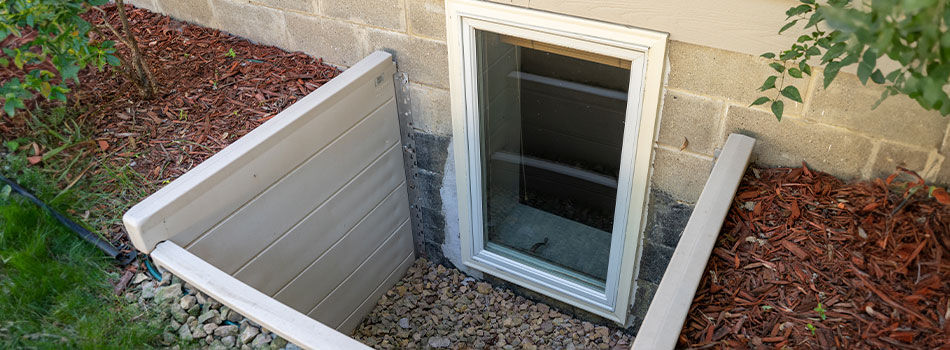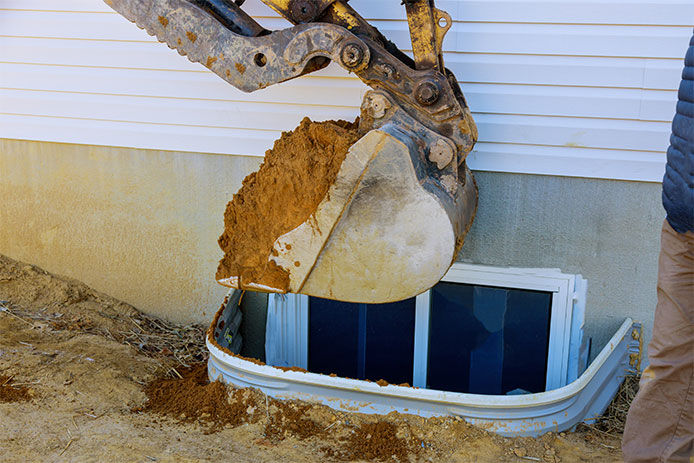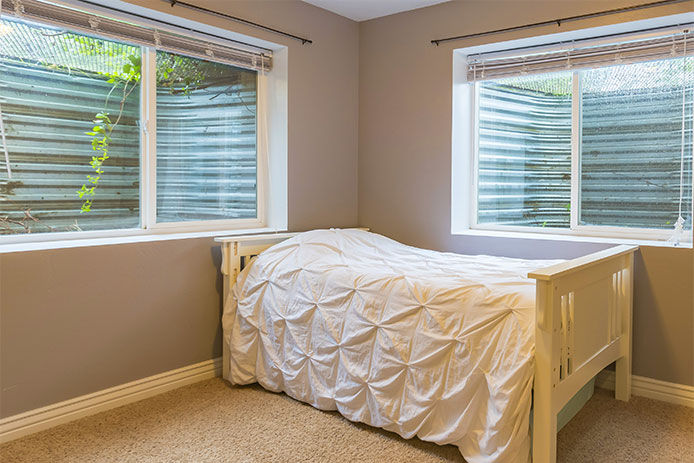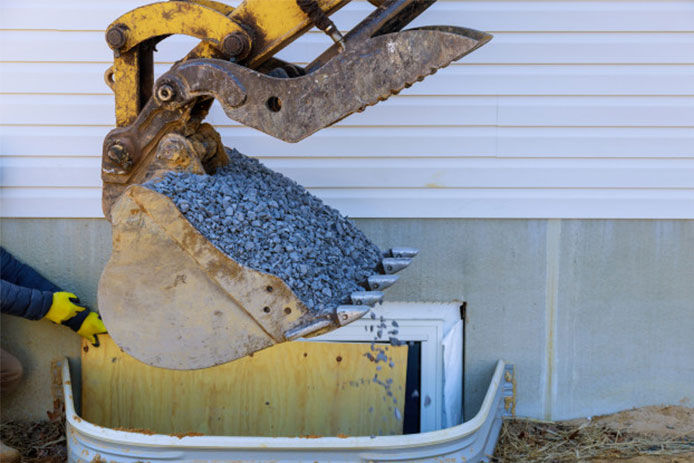Solve Lingering Problems
To prevent any issues from occurring in the future, make sure that there aren’t any existing issues. How are the pipes holding? Is drainage going to be a problem? After all, half your window is likely going to be in a hole – and if it rains, you don’t want that pooled up water to flow into the room the moment you open the window. With that extra humidity, even heaters and humidifiers won’t be able to keep up. Make sure that the gutters work properly and that you have a way to drain out the water from the front of your windows.







